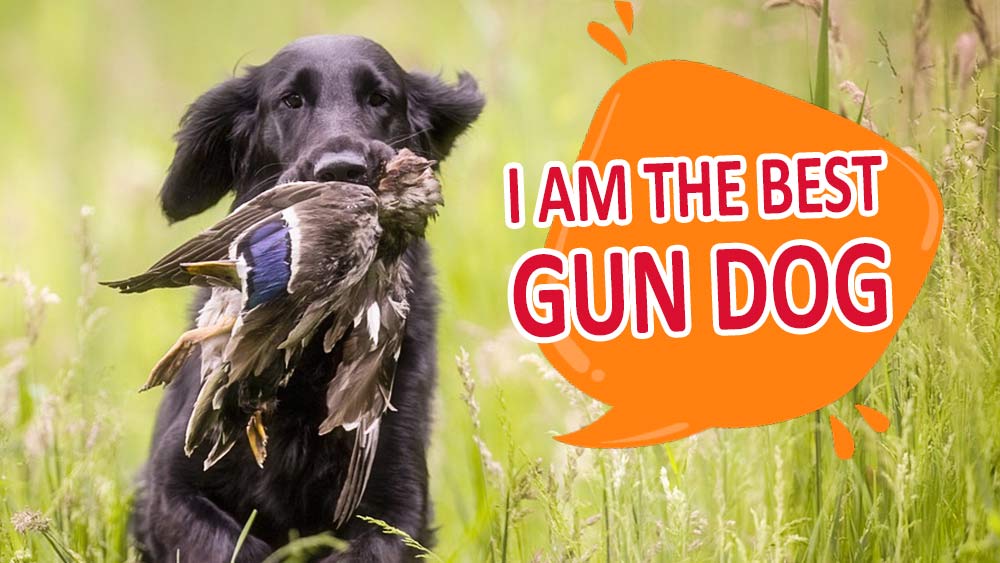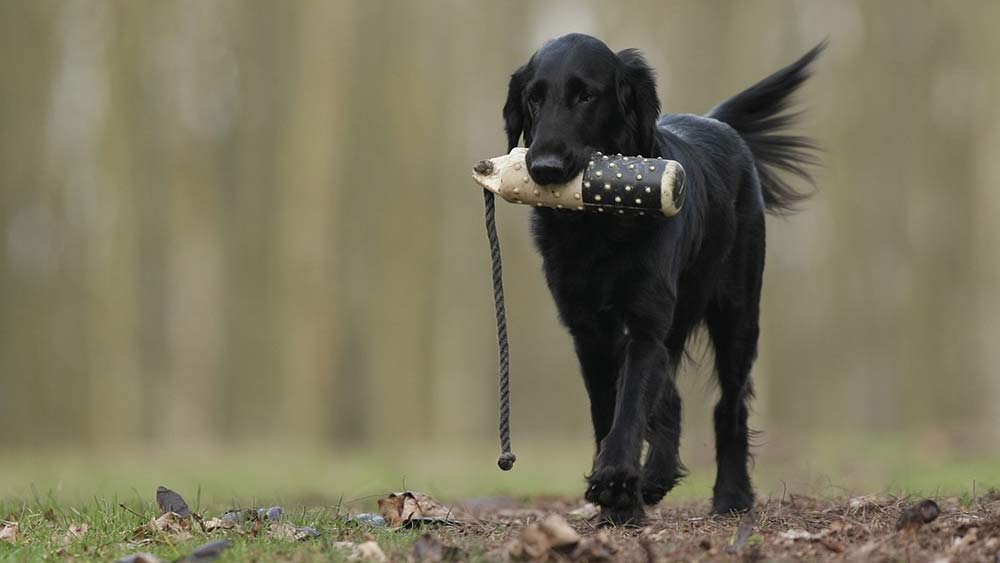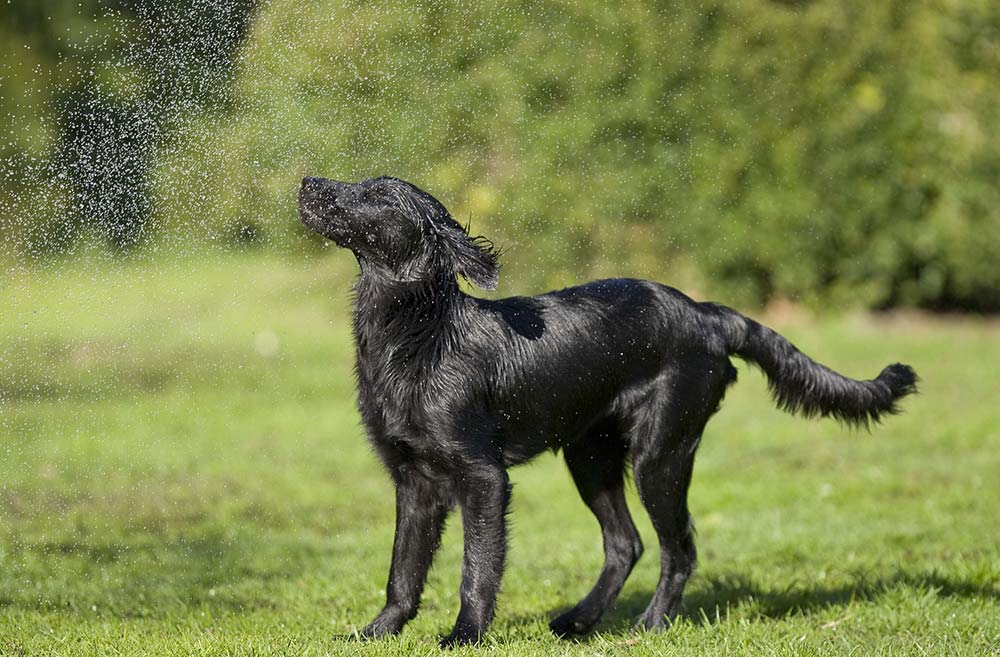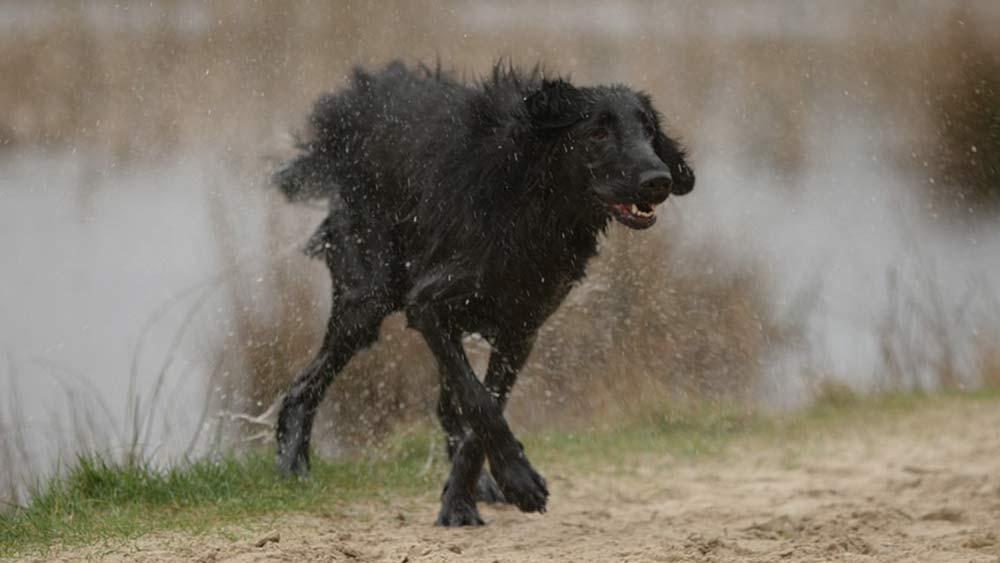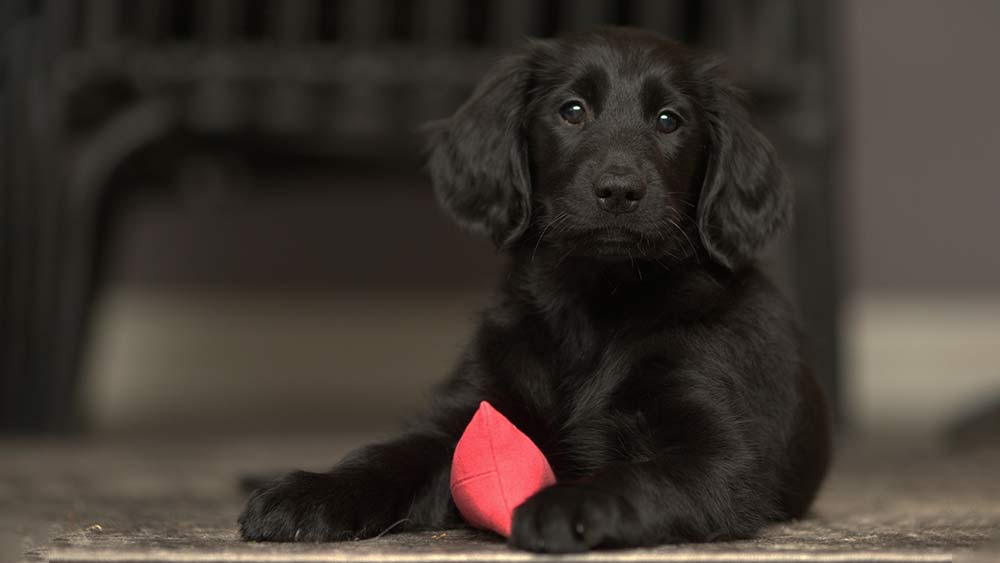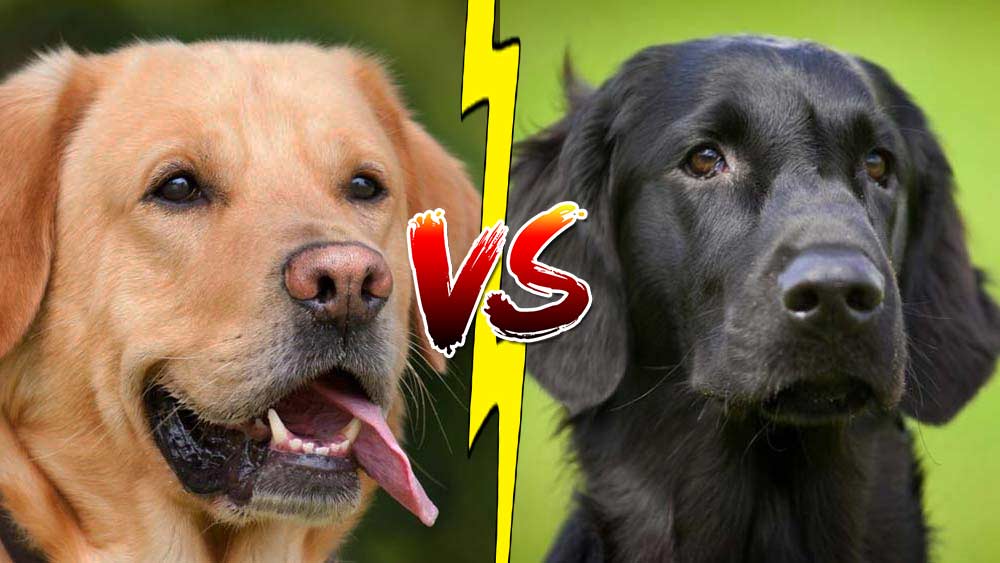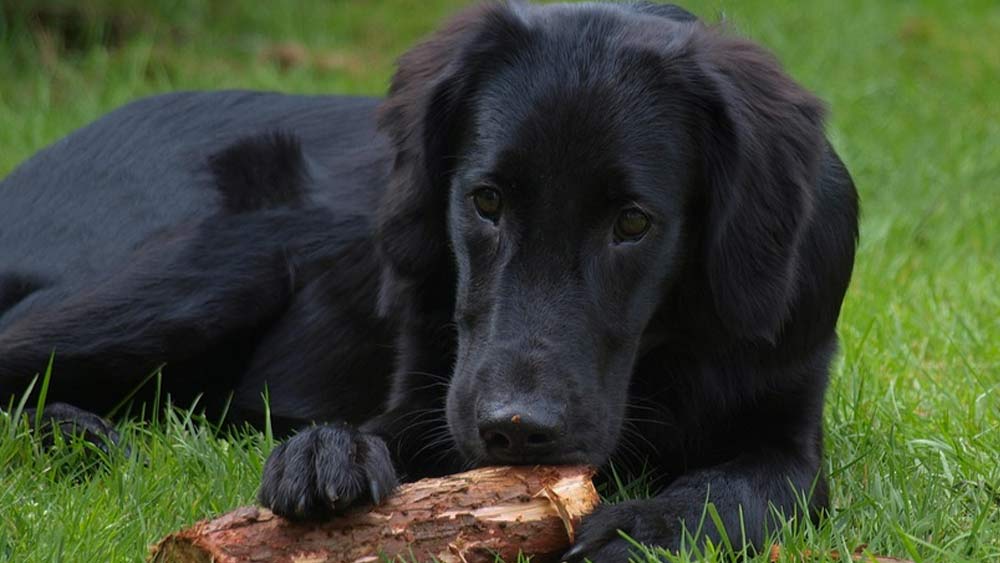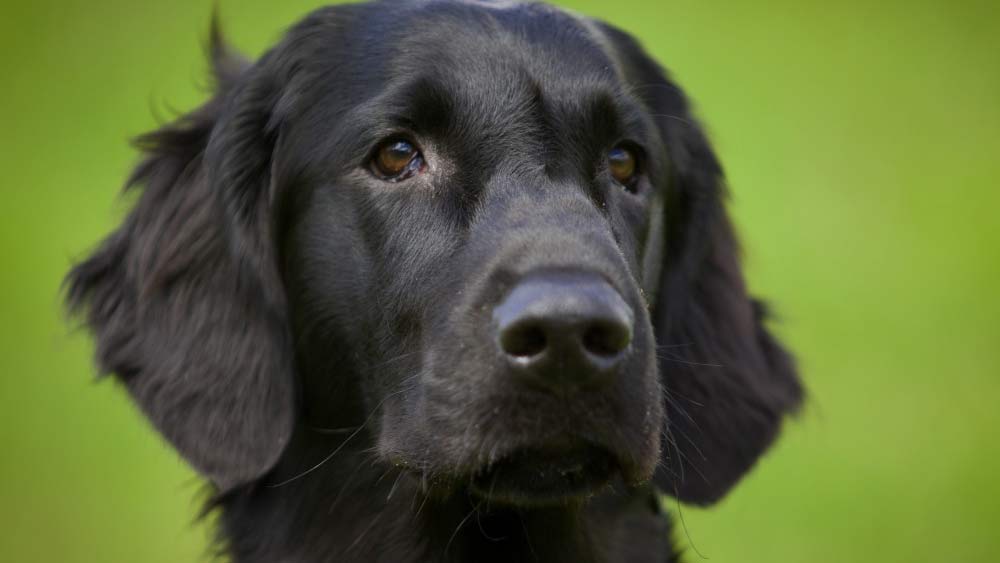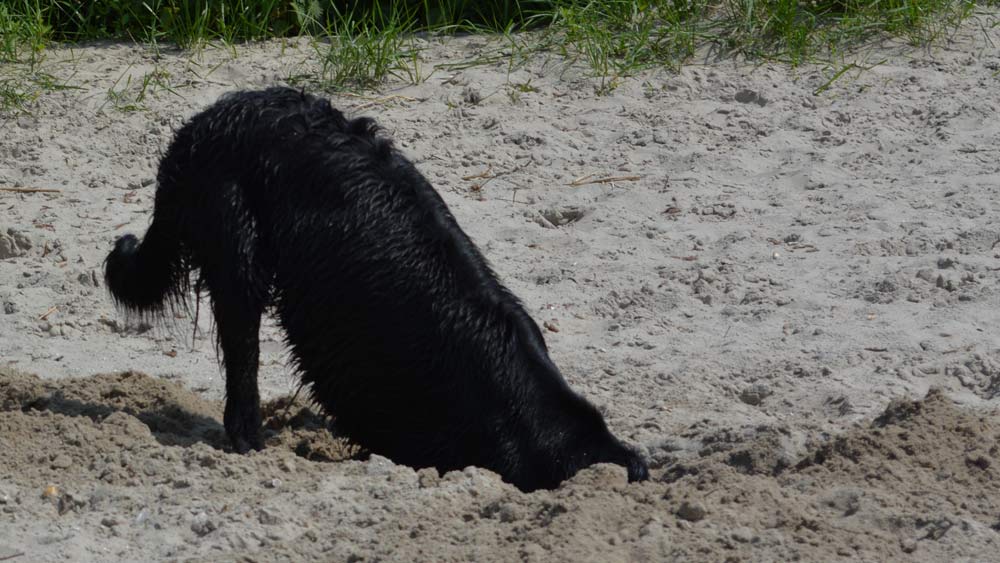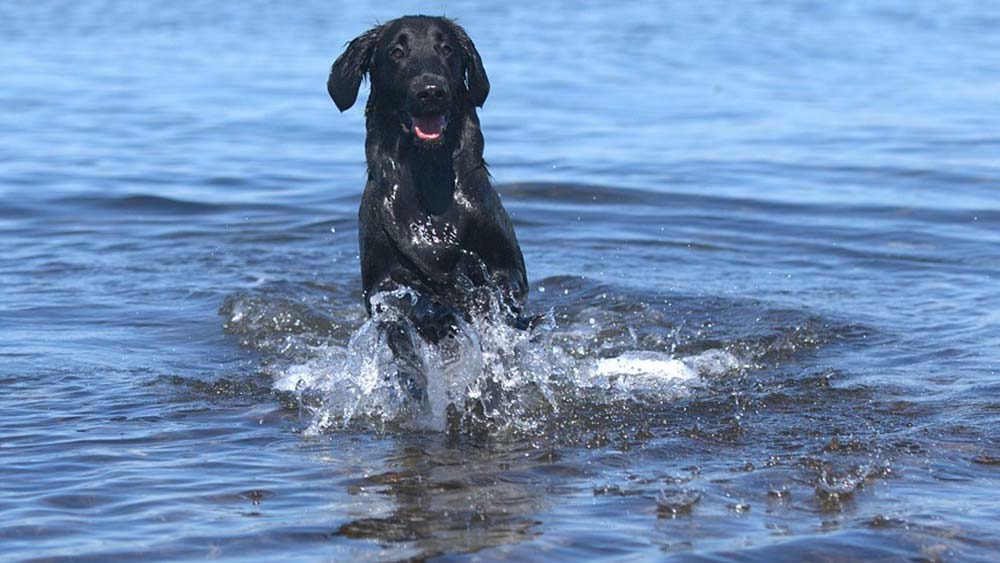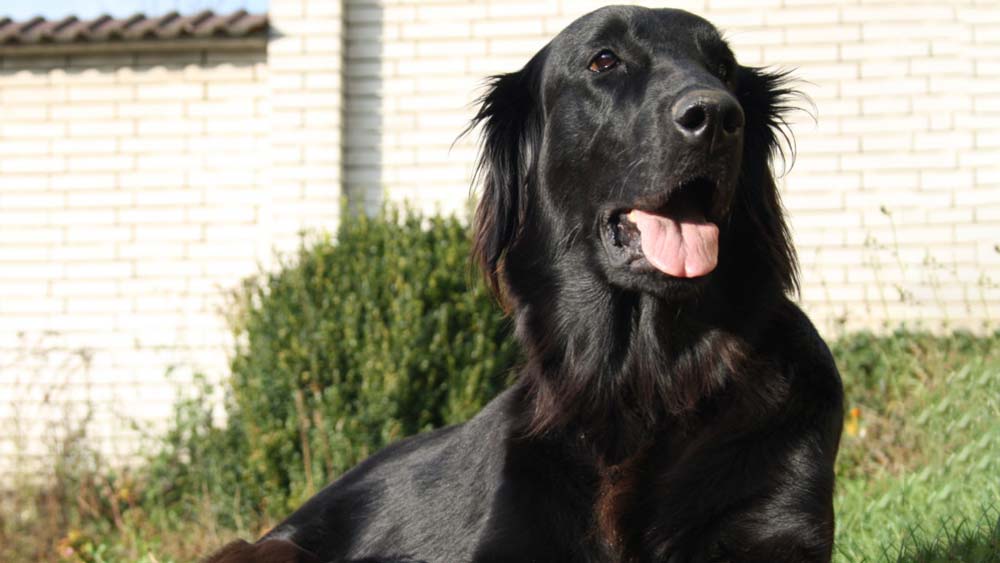Many attractive things about the Flat-Coated make many pet owners interested in this dog. This dog is best known for helping hunt and retrieve shot-down prey. If you want a fun-loving dog, or if you want your dog to be good at chasing or spending time outdoors, the Flat-Coated Retriever is a great choice. Let’s see the origin of this lovely animal and learn more about its history
flat-coated retriever history
From the late 1980s to the early 20th century, the Flat-Coated was the best breed for shooting ranges and vast hunting grounds. This breed performs well in chasing and guarding. They can perform several different roles. In 1864, smooth-coated dogs, compared to retriever breeds, were introduced to the wealthy British, who were highly skilled at hunting. Traits such as intelligence, a strong sense of smell, the ability to chase birds or wounded animals, the ability to carry animals with soft mouths, great strength and bravery to move in water, and steady step are the main reasons for increasing the popularity of this breed in Europe. In addition, this retriever breed has very high endurance while consuming less food.
flat-coated retriever origin
The Flat-Coated Retriever became popular as a gamekeeper’s dog in the mid-nineteenth century in England. It is suspected that some of its ancestors came from stock imported from North America from the now-extinct St. John’s water dog, although this is unproven. Canadian seamen are supposed to have transported Newfoundland hounds to British ports, and they contributed to the Flat-Coated Retriever’s heritage. Collie-type dogs, as well as Newfoundland blood for strength and Setter blood for better scenting abilities, may have been introduced to improve the breed’s trainability. The breed’s initial representatives were introduced about 1860, but the ultimate type was not determined until 20 years later.
Flat-Coated retrievers have a sleek and well-groomed appearance. Characteristics such as long heads, wide muzzles, and ears that are flat on the head have distinguished them from other retriever breeds. Their color is usually black or liver. To better understand their pedigree, you should know that this powerful dog was developed in the British Isles because most English people have been looking for an animal for a long time that is easy to access and help them in sports games or hunting prey.
In the 19th century, while shotguns were used for hunting in England, there was an excellent opportunity to hunt birds from a long distance, on lakes and swamps. Hunters could not go after their prey. It was time for a powerful dog to help them. This is the main reason for breeding Flat-Coated. This dog has enough energy, endurance, and ability to swim in water or chase animals. Even though British people are the first breeders of this dog, many good features have made this breed popular worldwide. In the world we live today This breed is less used as a hunting dog and more as a family pet.
Traits of a Flat-Coated Retriever
The typical lifespan of a flat-coated retriever is 10–12 years.
Large and graceful, flat-coated retrievers are impressive canines. Flat, feathered ears and a long, wide head. Feathering on the ears, chest, tail, and legs of a long, straight, black, and liver-colored coat.
Flat-coated retrievers are a true retriever breed and, beginning at a young age, prefer to carry everything they can fit in their mouths. The puppy stage for some of these dogs can persist as long as three or four years into adulthood. Obedience training should be emphasized from an early age.
Because of their social nature and high hunting and prey drive, flat-coated retrievers can develop separation anxiety and chew on things and bark if left alone for too long without properly training them before.
Read More: Flat-Coated Retriever Traits & Temperament Explained!
Read More: Flat Coated Retriever Personality Traits
Providing for your flat-coated retriever
The diets of different working breeds are essentially identical. Functional nutrition may be useful in treating diseases that are more common in certain breeds. Dogs that get a lot of exercise benefit from a higher protein and vitamin content in their diet. The best mix is 24-30 protein / 3-5 fiber / 10 – 15 fat / 4-6 minerals / and the rest is water and carbohydrates.
Their shiny, healthy coats can be maintained with weekly brushings. All year long, there is some shedding, and twice a year there is a substantial amount of shedding, so they can be difficult to maintain. Don’t shorten your dog’s coat too much or you’ll compromise its ability to maintain a comfortable internal temperature.
Read More: 12 Tips For Grooming a Flat Coated Retriever
Read More: 7 Ways to Keep Your Flat Coated Retriever Healthy
Read More: Best Diet Mix For Flat Coated Retrievers
Conclusion
The Flat-Coated Retriever is ideal if you want a medium-sized, powerful hunting dog. This beautiful and shiny dog has a high ability for swimming and chasing due to its high physical strength. But this breed is not only a hunting animal. If you are interested in keeping a fun and loving pet, you will surely enjoy playing with him.
Please share your thoughts on the flat-coated retrieve with us.
Read More: Flat-Coated Retriever VS Golden Retriever: Compared In Depth
Read More: Labrador vs flat-coated retriever: Compared in Depth

